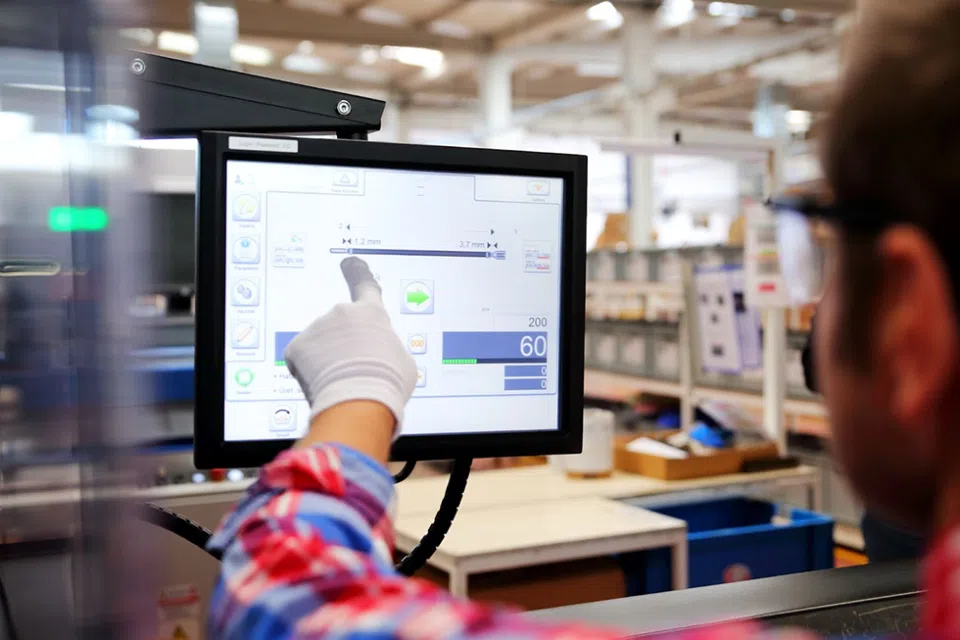
The Benefits of Rapid Application Development for Your Business: A Comprehensive Guide
Introduction:
In today’s fast-paced business landscape, staying ahead of the competition requires agility and efficiency. One way to achieve this is through the implementation of Rapid Application Development (RAD) methodologies. RAD enables businesses to develop and deploy applications quickly, facilitating faster time-to-market and increased customer satisfaction.
In this article, we will explore the various benefits of Rapid Application Development for your business, including accelerated time-to-market, enhanced flexibility and adaptability, and cost savings.
Faster Development and Deployment: RAD emphasizes iterative development cycles and quick prototyping, allowing businesses to deliver applications faster compared to traditional development methods. This speed enables businesses to respond swiftly to market demands, gain a competitive edge, and seize new opportunities.
Cost-effectiveness: RAD minimizes development costs by streamlining the software development process. With its focus on iterative development, RAD reduces the time and effort involved in extensive upfront planning. Additionally, RAD promotes collaboration between developers and end-users, which ensures that the final product meets customer requirements and reduces costly rework.
Better Collaboration: RAD encourages close collaboration between developers, end-users, and stakeholders throughout the development process. By involving end-users early on, RAD enables developers to gather feedback, incorporate changes, and address issues promptly. This collaborative approach enhances the accuracy of requirement gathering, reduces misunderstandings, and increases overall customer satisfaction.
Greater Flexibility: RAD allows businesses to adapt to changing requirements and market conditions more effectively. The iterative nature of RAD enables frequent feedback and course corrections, enabling businesses to make adjustments and refine the application during the development process. This flexibility ensures that the final product aligns with the evolving needs of the business and its customers.
Improved Quality: Through the iterative development process, RAD facilitates continuous testing and feedback, leading to improved quality and reduced defects. Early and regular user involvement ensures that the application meets user expectations, resulting in higher customer satisfaction. By incorporating feedback and making necessary adjustments promptly, RAD helps identify and rectify issues early in the development cycle.
The bottom line is that Rapid Application Development (RAD) has changed the business outlook with regard to software development. It allows businesses to develop custom applications with a quick and cost-effectiveness method. To gain an edge in the respective market and to offer customers better solutions , businesses must adopt RAD. However, RAD requires expertise and experience. Utthunga provides this through our vast experience and technical expertise. Our custom applications leverage RAD principles to allow businesses to scale, flexibly adapt, and build scalable solutions that will meet their changing needs. Contact Utthunga today for more information about our services!




